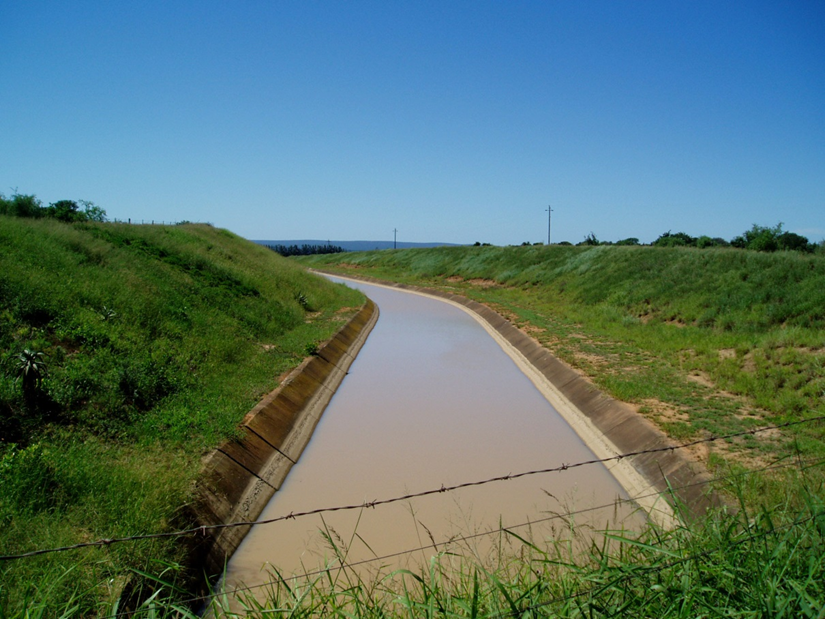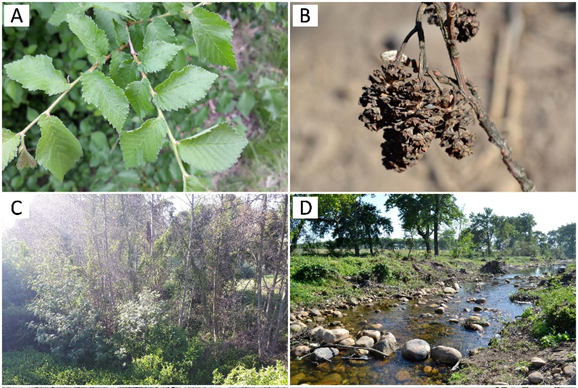29 January 2014 | By Darragh Woodford
Freshwater fish invasions are a major source of environmental homogenisation around the world; unique species assemblages are increasingly being overwhelmed by large numbers of introduced species. While active human-mediated introductions contribute to this process, there are also many passive pathways of fish introductions. Inter-basin Water Transfer (IBWT) schemes is such a pathway, which transfers water from one river basin to another via a network of canal systems. These canal systems behave as corridors, allowing fish species to move from one catchment to another. South Africa, being a water-stressed country, is one of the world’s biggest users of IBWT to transfer water resources to areas with high water demand for agriculture and industry. The socio-economic importance of these schemes makes managing them for the ecological integrity of the receiving catchments especially challenging.

Research into the effects of water transfer schemes as an invasion pathway for alien fishes was recently completed in the Eastern Cape Province, South Africa. In a paper published in Ecological Applications, C·I·B researchers Darragh Woodford, Olaf Weyl, Cang Hui and David Richardson assessed the effect of continuous propagule pressure delivered by a canal network, on fish invasions in farm dams. By surveying fish communities in a series of farm dams with known ages and filling histories, together with the number of fish entering them through the canal network, estimates of propagule pressure (the number of fish transported per unit volume of water in the canals) and establishment rate (the time taken for populations to become established within the ponds) could be produced.

The experiment showed that propagule pressure is a significant driver of establishment. Fish species are more likely to establish populations in new habitats with increased propagule pressure, and the speed of establishment increases asymptotically with increased propagules. A more troubling outcome of the experiment was that all species collected in the canal network were found in one or more surveyed ponds, showing there are no barriers to arrival within the canal invasion pathway. This highlights the dangers posed by IBWT infrastructure for increasing freshwater fish community homogenisation. The irrigation network provided the researchers with an unprecedented opportunity to quantitatively assess the number of propagules involved in the establishment of introduced fish populations. This natural experiment empirically demonstrated the long-held theory that the magnitude of propagule pressure can determine the success or failure of an invasion, provided the invader is capable of reproducing in the receiving environment.

Read the paper:
For more information, contact Darragh Woodford at D.Woodford@saiab.ac.za


